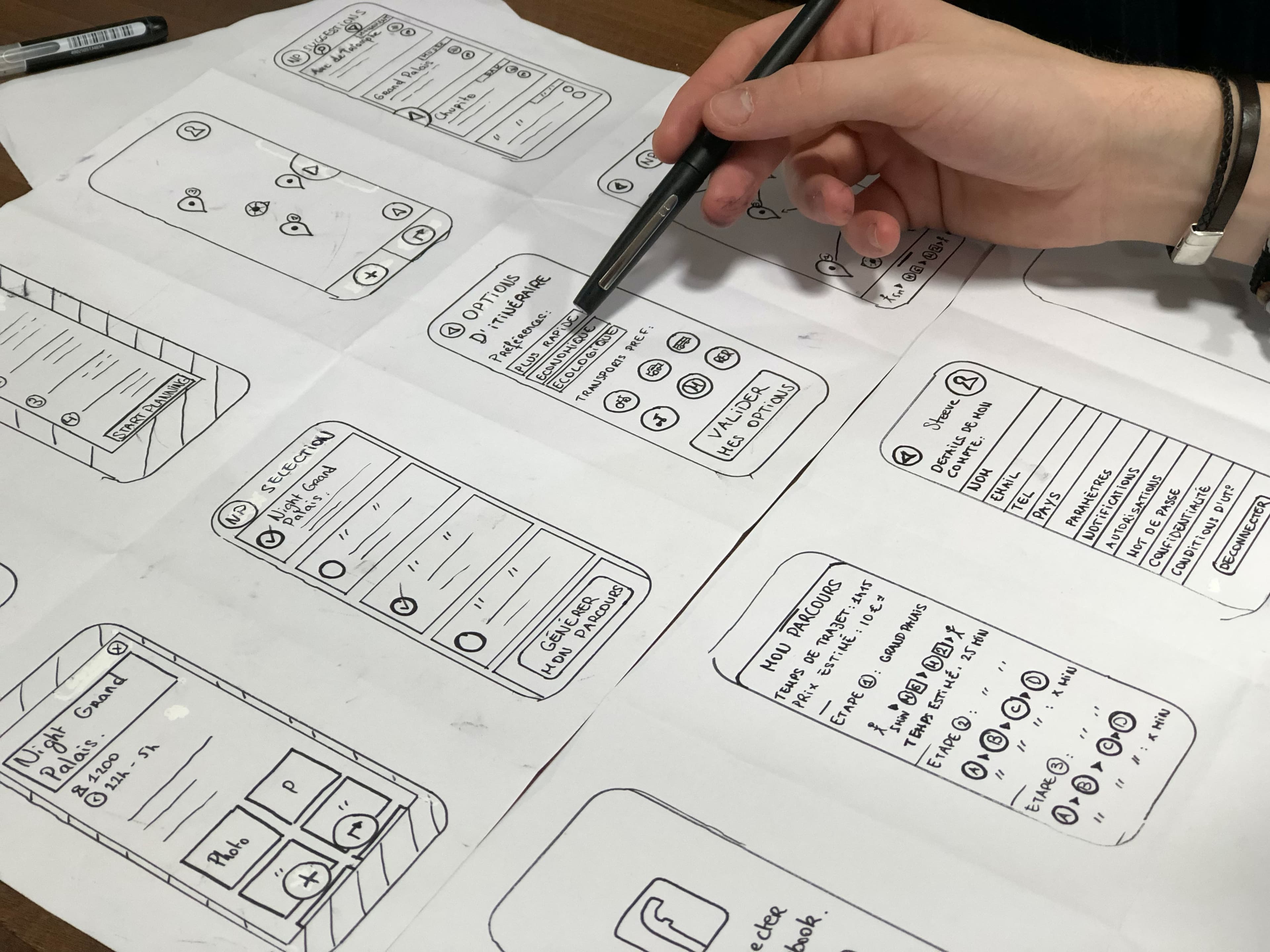Lets talk about App Development
From writing your SRS and wire-framing, to designing and finally the app creation process, it can be very confusing. Your choices are almost endless, and I'm here to help you determine the best path forward for you and your business, and then to execute on the chosen path.

Where should I start?
I'm going to assume that you already have an idea of what you want the app to do, and have checked all your basic boxes. This entails validating the app idea's viability through market analysis and competitor research to identify its unique value proposition and understanding the target audience and their needs. If you haven't done this yet I strongly suggest you go do that first.
If your not sure how to get the basics checked, or what the basics even are lets get a call going and I will point you in the right direction.
Schedule a Call1Define your Requirements
In the realm of software development, a Software Requirements Specification (SRS) serves as the foundational document that outlines the precise details and specifications of a software project. This comprehensive document acts as a bridge between you, stakeholders, and development teams, ensuring a clear understanding of the project's scope, functionalities, and objectives.
By capturing the specific requirements, features, and constraints of the software, an SRS lays the groundwork for a successful development process, guiding the entire team through each phase of the project. Its significance lies in mitigating misunderstandings, minimizing risks, and providing a roadmap for seamless collaboration, ultimately leading to the delivery of a high-quality software solution that aligns precisely with the your vision and business needs.
2Wireframe & Design
With the wireframe and design components we start to bring your idea to life. A designer can help create the wireframes to map out the user flow and layout. Then, we design the app's interface, focusing on aesthetics and usability. This step ensures a clear and captivating user experience, aligning the app with your vision and enhancing its appeal to users.
3Picking a Development Stack
When it comes to picking the development stack for your app, there are important considerations to ensure the best outcome. One crucial decision is choosing between native and cross-platform code bases. Native development allows for platform-specific optimization and performance, resulting in seamless user experiences on iOS and Android. On the other hand, cross-platform development offers code-sharing benefits, saving time and resources by using a single code base for both platforms.
| Aspect | Native Apps | Cross Platform Apps |
|---|---|---|
| Performance | Excellent | Good |
| User Experience | Seamless | Consistent across platforms |
| Development Time | Longer (Separate codebases) | Faster (Code-sharing) |
| Access to Device Features | Full | Limited (Depends on framework) |
| Platform-Specific Optimization | Yes | No |
| App Store Approval | Faster (Platform-specific) | May take longer (Adherence) |
| Cost | Higher (Separate development) | Lower (Code-sharing benefits) |
| Target Audience | Specific to iOS/Android users | Broad (Both platforms) |
Additionally, the choice of programming languages, server technology, and databases will have a significant impact on your app's performance and scalability. Opting for widely-used and supported technologies will ensure a robust development process and a strong community for support. Your server technology will determine how responsive your app is and its real-time capabilities, while the database choice influences efficient data management and storage. Carefully tailoring your development stack to match your app's specific requirements will lay a solid foundation for a successful and user-friendly mobile application.
4Build, Test, Release
Once you have complete all the previous steps, the fun can begin. Your developers will transform the design and wireframes into a fully functional app, making sure to closely adhere to the Software Requirements Specification (SRS). As planned milestones are reached you can start testing, and if bug free, releasing to the app store. This process is a continues cyclical flow, often times requiring stepping back to earlier steps in the process when adding new features.